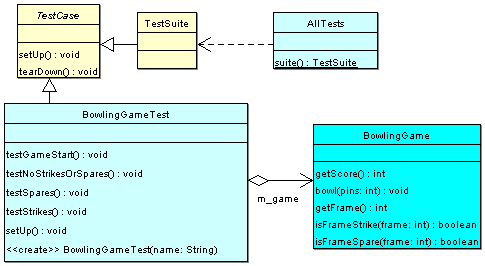Any program that accepts user input will need to separate good input from bad, and to make sure little of the latter gets recorded.
So begins the CHECKS Pattern Language of Informational Integrity by Ward Cunningham. I read this article years ago and loved it—mostly because it jibed with my experience for writing usable business software. The theme of the language is to make sure that data entered by the user is correct, and accomplishes this with various kinds of validation and data representation techniques.
I find that two of the patterns are invaluable for usable user interfaces—Echo Back and Visible Implication. The section they appear in starts with:
A person reaches through a program’s interface to manipulate the domain model. Although the interface is itself a program (an interface model and graphical machinery), its purpose is to enable the direct manipulation of the domain model as transparently as possible. The user interface is programmed to create the illusion of control in the mind of the user. To this end it must provide sufficient clues of the model’s state so that sensible operation is the norm.
These ideas are so important to the usability of software and so difficult to implement in HTML based software, because there is little domain knowledge accessible from the client side. For instance, Echo Back requires that a field, once entered, is transformed into a domain object and injected into the model. It is then read back from the model and displayed as understood by the model. Visible Implication further requires that any cascading consequences are also displayed. This kind of interface is the norm in the Fat Client or Client-Server world, and mostly absent in the web-based software world. As a consequence, it is harder for users to enter data.
We’ve all had the experience of filling out a huge form on a web page and submitting it, only to be told that we’ve made a mistake and have to go back. That’s Deferred Validation used in isolation of the other patterns, and was never considered a good UI decision until the web made it commonplace. And yes, I know that you can get part of the way there with javascript, but only simple validations are possible. Imagine correcting a pay date in a maintainable and configurable way as described in the example for Echo Back.
I appreciate the revolution that the web has brought us, but something better is needed for software with high usability or productivity requirements (as opposed to high learnability or deployability requirements). Philip Brittan describes an architecture we worked on that can recapture the connection between UI code and the domain model, while still maintaining the benefits of web based software.
